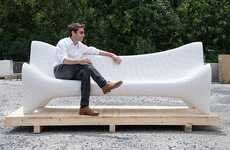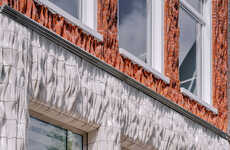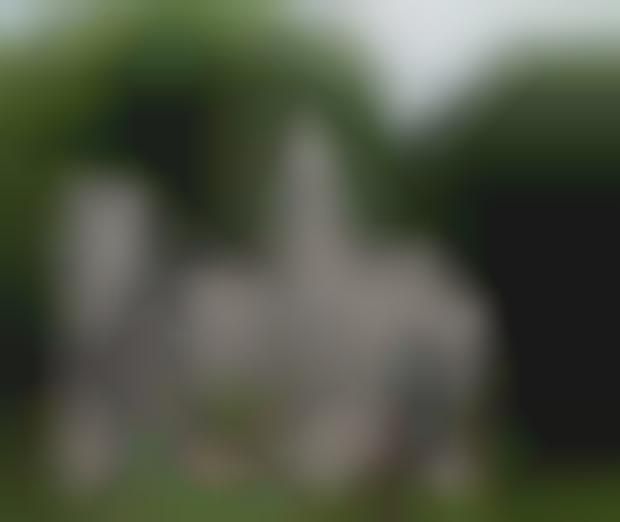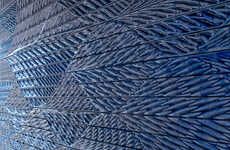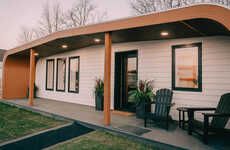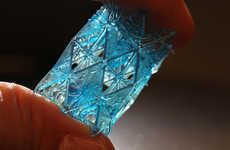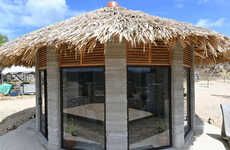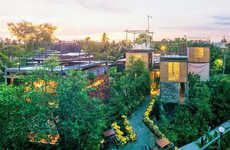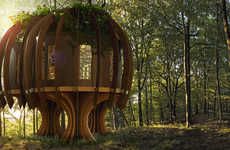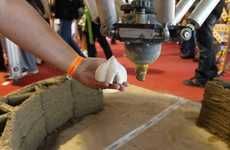
This Concrete Castle Design is Made Entirely From 3D-Printed Blocks
M — August 26, 2014 — Art & Design
References: totalkustom & makezine
Andrey Rudenko has spent the last couple of years building a massive concrete castle design in his backyard exclusively using 3D-printing.
This unbelievably massive castle is finally complete after days of compiling various 3D-printed blocks on top of one another to create the walls of this stunning manor. While the pieces were constructed using a printer, the detail in this castle is quite remarkable. The castle comes with various walls and column detailing that is symmetrical and minimalist. Each layer of the castle is incredibly thin meaning it took Rudenko quite some time to build up substantially high walls. Rudenko also had to custom engineer a concrete formula that wouldn't clog the printing needle head but still be a substantial and durable building material. The final result is breathtaking and a feat for 3D-printing.
This unbelievably massive castle is finally complete after days of compiling various 3D-printed blocks on top of one another to create the walls of this stunning manor. While the pieces were constructed using a printer, the detail in this castle is quite remarkable. The castle comes with various walls and column detailing that is symmetrical and minimalist. Each layer of the castle is incredibly thin meaning it took Rudenko quite some time to build up substantially high walls. Rudenko also had to custom engineer a concrete formula that wouldn't clog the printing needle head but still be a substantial and durable building material. The final result is breathtaking and a feat for 3D-printing.
Trend Themes
1. 3d-printed Architecture - The use of 3D printing technology to create detailed architecture is a disruptive innovation opportunity for the construction industry.
2. Custom Engineered 3D Printing Materials - The development of customized 3D printing materials for construction purposes creates opportunities for a new market of specialized material providers.
3. Symmetrical and Minimalist Designs - The trend towards symmetrical and minimalist architectural designs using 3D printing technology presents an opportunity for architects and designers to create unique and efficient structures.
Industry Implications
1. Construction - The use of 3D printing technology in construction can revolutionize the industry, allowing for faster and more efficient building processes.
2. Materials Science - The development of new and innovative materials for 3D printing can create a new market for specialized material providers, particularly in the construction industry.
3. Architecture - Architects and designers can use 3D printing technology to create unique and efficient structures that were previously impossible to construct using traditional building methods.
0.9
Score
Popularity
Activity
Freshness



